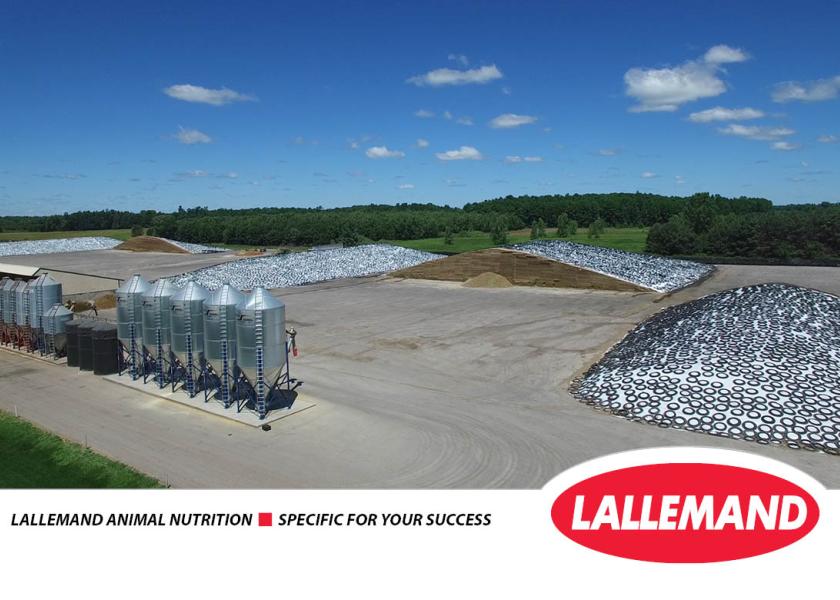Ask the Silage Dr.: Pros and Cons of Shredding Processors

Q. Are there ensiling challenges that result from using a shredding processor?
A. Corn silage produced using shredding processors has a greater proportion of longer stalk and leaf materials. This can increase the physically effective neutral detergent fiber (peNDF) content of the ration. Additionally, shredding leads to corn silages with a better kernel processing score and subsequent improved starch availability.
It was thought that shredding silage resulted in a more open structure. More recent research has shown the density of shredlage is nearly the same as conventional processing.
Livestock producers will only see the benefits of any forage — regardless of the processing technique — if the resulting silage is well preserved. Oxygen is the enemy in efficient silage production. More trapped oxygen in the forage mass can cause slower upfront fermentation. If air infiltrates the structure, it can cause spoilage during storage. Finally, oxygen exposure during feed-out can result in stability concerns.
These challenges can be addressed with a research-proven forage inoculant. I recommend looking for combination inoculants that enhance front-end fermentation and maximize aerobic stability. Inoculants containing bacteria strains like Pediococcus pentosaceus 12455 and Lactobacillus buchneri 40788 have been proven to address both challenges.
Sincerely,
The Silage Dr.
Question about silage management? Ask the Silage Dr. on Twitter, Facebook or visit www.qualitysilage.com.







